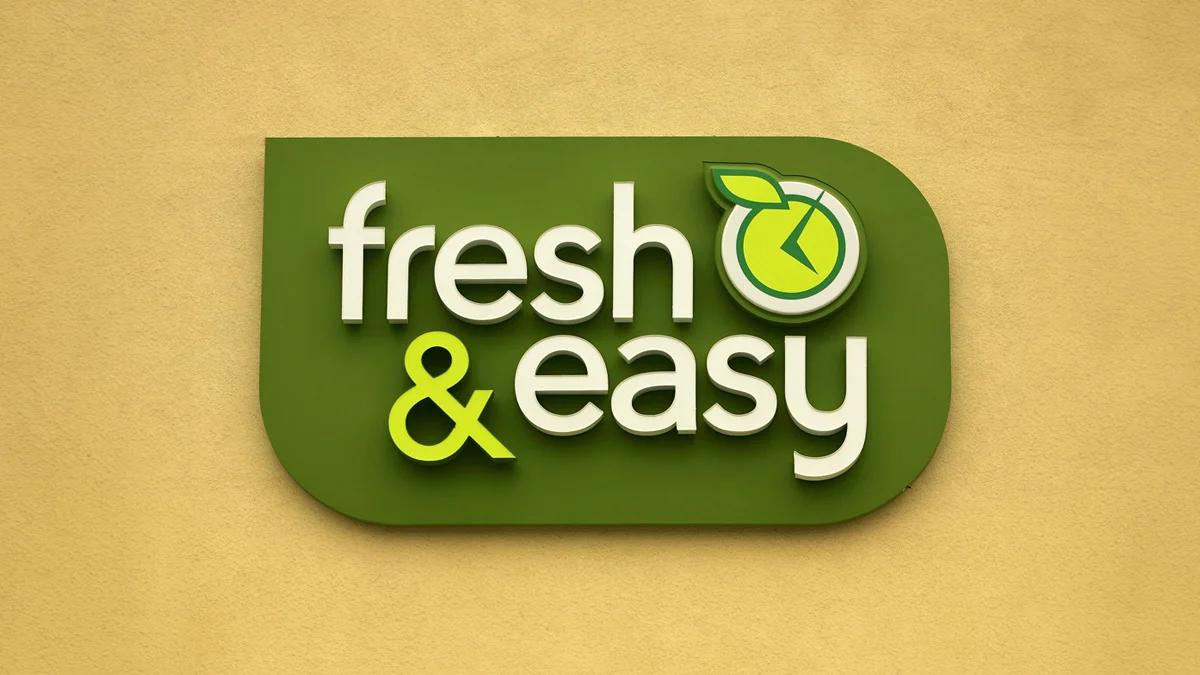
On February 9, 2006, Tesco announced plans to expand into the US. At the time, the retailer could do little wrong. It was a behemoth of British business. Under the leadership of Sir Terry Leahy, the supermarket chain had gone from being an also-ran to one of the biggest food retailers in the world alongside Walmart and Carrefour.
Tesco had rolled out new formats such as Express convenience stores and Metro hypermarkets, and it was growing rapidly overseas, becoming the biggest food retailer in countries such as Thailand and Poland. The biggest criticism was that it had become too dominant and was crushing local high streets. Sir Terry had been knighted in 2002 for his success with Tesco and was widely regarded as one of the finest leaders in the UK. But everything was about to change.
“This is a tremendously exciting move for Tesco, which will add a new leg to our international expansion,” Sir Terry said of the US expansion. “The United States is the largest economy in the world with strong forecast growth and a sophisticated retail market. It’s a market we have researched extensively for many years and over the last year we have committed serious resources to developing a format that we believe will be really popular with American consumers.”
The US business was based on a new convenience store format designed for the local market. This format was inspired by the Tesco Express convenience stores that had enjoyed great success in the UK and beyond. The business would be called Fresh & Easy and led by Tim Mason, one of the stars of Tesco and a marketing genius who, alongside Sir Terry, had launched the Clubcard loyalty scheme.
But despite Mason’s track record, launching a new format in a highly competitive market was clearly risky from the start. “The risk profile of owning Tesco has now worsened materially,” City analysts at Oriel Securities declared after the announcement.
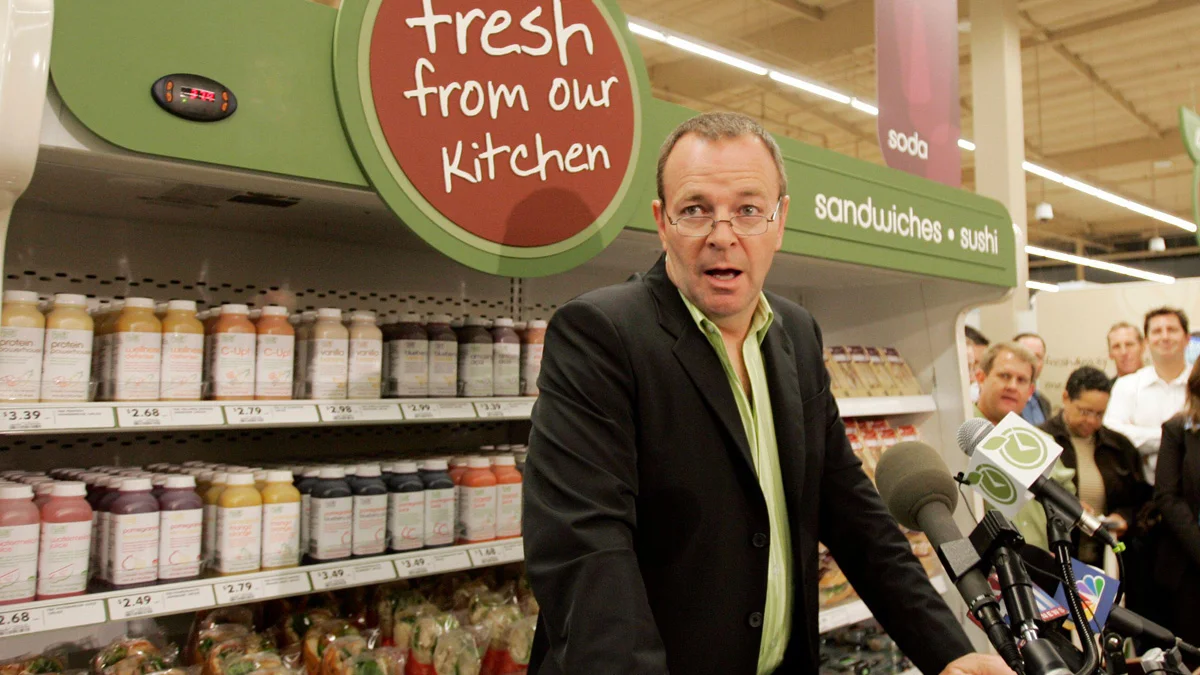
Tesco said the move into the US would cost it an initial £250m and that it expected the venture to break even by the second year of operation. But this would prove to be wildly optimistic. Fresh & Easy would never make a profit and in the end would cost Tesco well in excess of £1bn. Tesco set up its American headquarters in the city of El Segundo in Los Angeles, California, and opened the first Fresh & Easy shop in late 2007. Over the next six years, it opened more than 200 shops in states including Arizona, California and Nevada. But the losses mounted. In April 2009, Tesco said Fresh & Easy was operating at a trading loss of £142m. It closed some of the stores temporarily due to poor sales and trading did not improve.
Tesco announced it was pulling out of the US in 2013, just six years after the launch. The initial cost of the failure was put at £1bn but in reality it was much more. By this time, the success of Tesco was unravelling in several markets around the world, with sales falling even in the UK – something that would previously have been unthinkable. Philip Clarke, Sir Terry’s successor as chief executive, admitted that Tesco had been running its UK business “too hot” as it tried to raise cash to fund overseas expansion.
Things would get much, much worse. Tesco became embroiled in an accounting scandal and in 2015 posted an annual loss of £6.4bn, one of the biggest in UK corporate history. “Shaming of Tesco” read the front page of the Daily Mail after the scandal emerged.
To shore up its balance sheet, Tesco sold businesses around the world. In 2006, the year it announced its expansion to the US, Tesco had reported international sales of £9.5bn. But by 2024 international sales were just £4.3bn. Tesco’s Central European business is the only piece left of its international empire. The company has retreated from its global ambitions.
There are clear reasons why Tesco’s US plan ran into trouble. Firstly, the timing proved to be disastrous. As the first Fresh & Easy shop opened in 2007, a credit crisis was developing. Within months Lehman Brothers had collapsed and the global financial crisis had begun.
“It was a great business,” Mason said of Fresh & Easy in an interview with The Grocer magazine in 2016. “There were many very good reasons, not least the economy, that meant it was somewhere between very difficult and impossible to be successful in the timeframe.
“If Tesco had been financially stronger, the business could have taken everything it learnt over six years and refined and developed the model and got it to an acceptable place. Unfortunately, there wasn’t that economic firepower. There were problems all over the place, not least in the UK, and the decision was made.”
But others weren’t so sure about the quality of Fresh & Easy. Lord Ian MacLaurin, Sir Terry’s predecessor as Tesco chief executive, went to the west coast of America to see the new business – and was not impressed. “I just thought it was a damp squib, 15,000 sq ft stores, all self-service, all pre-packed food, all very un-American,” Lord MacLaurin said, shortly after Tesco pulled out. “That’s why I got upset with Terry. Having spent all my life building up the business with a brilliant team of people, to watch him throw £1bn at America hurt, because the chances of success were never very good.” Lord MacLaurin was also Mason’s father-in-law.
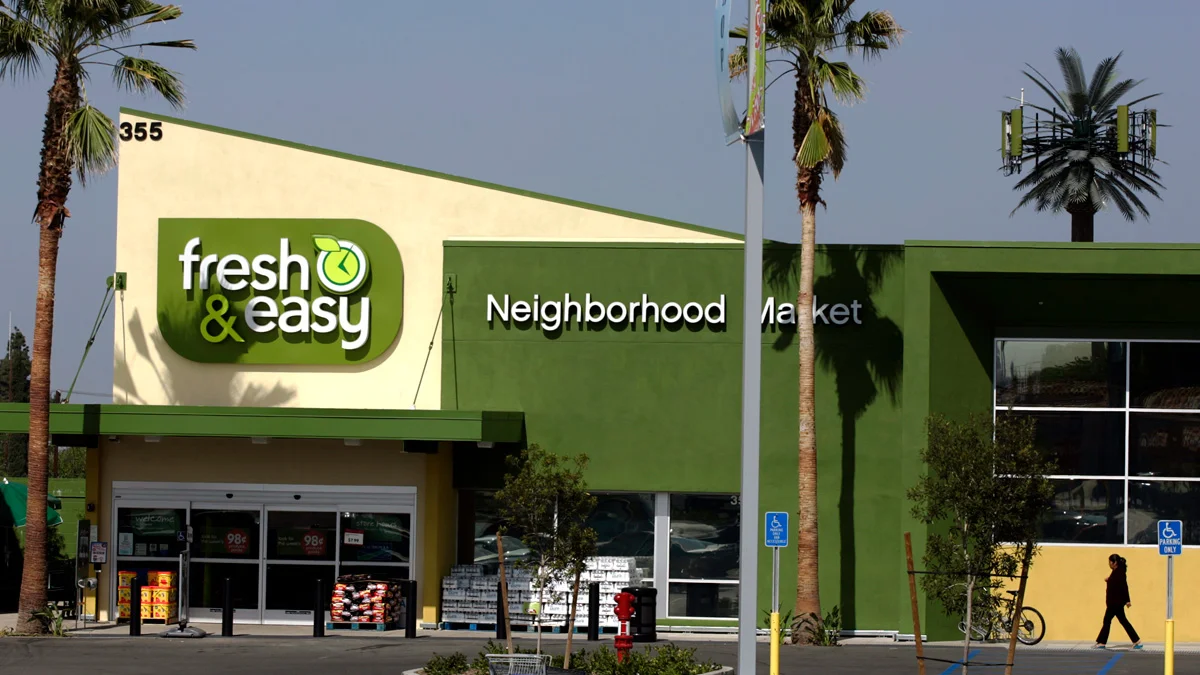
Tesco had developed the format for Fresh & Easy at a warehouse in Santa Monica, California. Passers-by were told it was a film studio, but inside the warehouse was a fully functioning dummy supermarket. More than 200 focus groups were invited to the store to provide feedback. Tesco was desperate to keep its plans for the US secret, so to stock the shop with food it bought £50,000 worth of products on the east coast of the US and drove it to California. At the same time as testing the dummy shop, 50 senior Tesco directors lived with American families for two weeks to understand how they lived and shopped. The families had been picked by a market research firm.
But despite the research and Tesco’s success elsewhere, the format just didn’t work. Shoppers complained about the self-service tills and, while Tesco thought there was a gap in the market for fresh and convenient food, US consumers were happy to stock up with long-lasting goods. The cost of developing a supply chain was also expensive and Tesco put kitchens into shops to make its own food.
“From the start, Fresh & Easy bewildered and frustrated the pragmatic American grocery shopper who is already spoilt for choice,” one shopper said in 2012. Sir Terry left his role as CEO in 2011, before the company made the decision to pull out. But he said he would take the blame if Fresh & Easy failed. “It will have been my responsibility as CEO and a clear example that goals are easy to set, incredibly difficult to achieve and must carry a clear accountability,” he said.
In his 2012 book Management in 10 Words, he discussed the problem with British/US ventures. “There are indeed many cautionary tales to deter Britons – especially retailers – from setting up shop in the US. The lure is understandable. A common language, a culture that Britons feel they understand, exposure to numerous American brands and companies who have invested in the UK. Britons can easily delude themselves that life on the other side of ‘the pond’ is not really that different, and that competing there cannot be that hard. Therein lies the problem. These apparent similarities have blinded companies to the numerous differences.”
That, in the end, is the ultimate lesson from this saga. No matter how successful a business is in one market, entering another, especially one as competitive as the US, is a different challenge. The decision needs to be made with a clear understanding of the customer, competitors and the cost. The consequences of getting it wrong could be severe. Tesco walked away with a huge bill but also a damaging hit to its core business.
Related and recommended

Fashion entrepreneur Dessi Bell explains why customers are looking for something different when they shop on the high street

Think assistants are just admin managers? Think again. They might be your greatest business asset

The home appliances inventor and entrepreneur explains what he’s learned from sponsoring Brentford FC
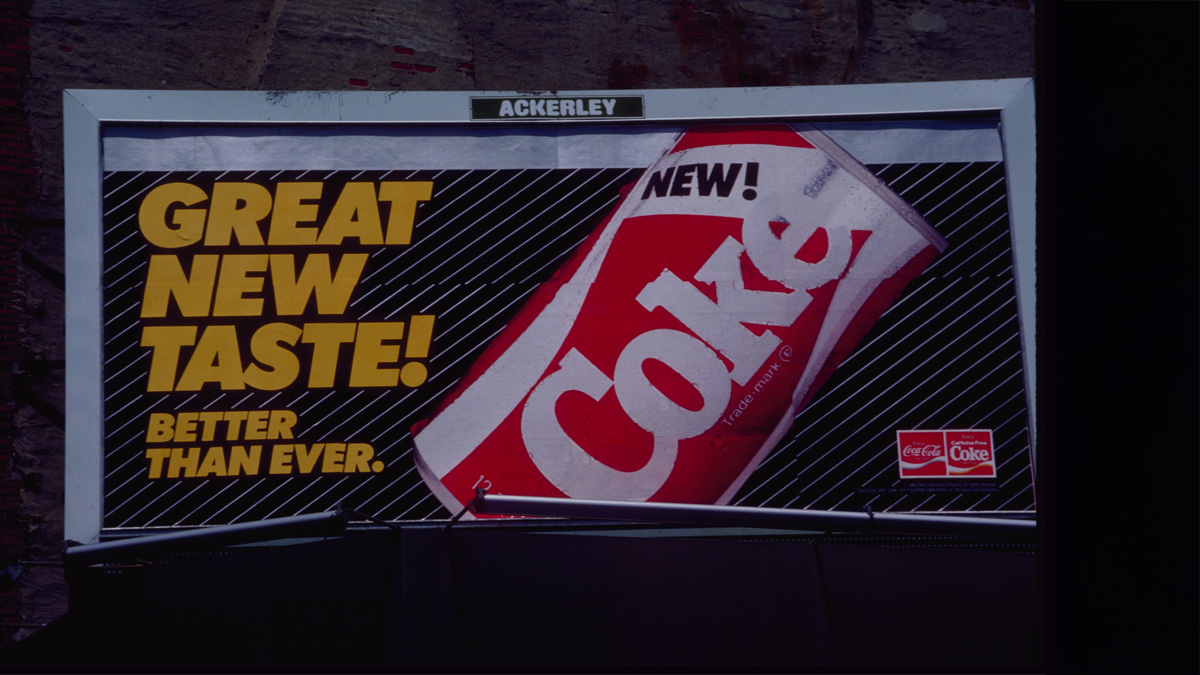
An ill-fated product launch 40 years ago became one of the biggest marketing blunders ever and still holds lessons today
